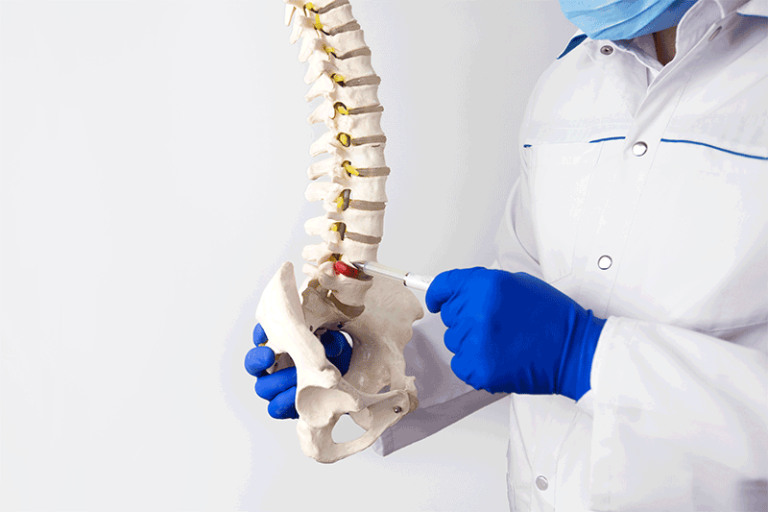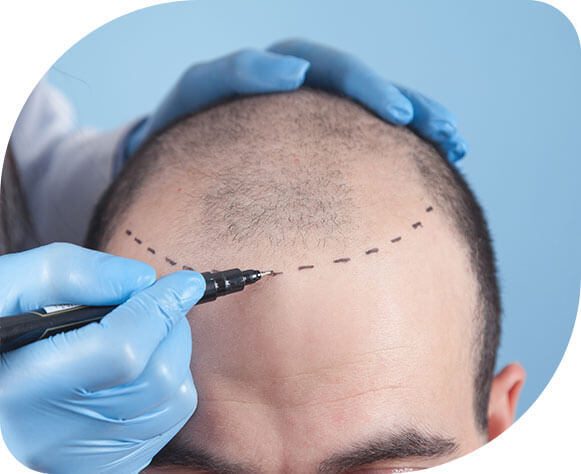Thalassemia, also known as Mediterranean Anemia, is an inherited blood disease and a manageable health problem at the point where science and technology have advanced. Thalassemia, also known as Mediterranean Anemia because it is a disease seen in the Mediterranean region, has spread worldwide due to migrations from this region to other parts of the world.
It is estimated that there are currently close to 1.5 million Thalassemia patients in the world.
Healthis provides professional holistic health counseling services to patients in every corner of the world with its work on the diagnosis and treatment of Thalassemia.
You can find detailed information about the reliable and high quality services we offer to our patients at this link, but first, let’s try to understand Thalassemia in all its aspects.
What is thalassemia?
Thalassemia is an inherited (i.e. genetically passed down from parents to children) blood disorder that occurs when the body does not make enough of a protein called hemoglobin, an important part of red blood cells. When the body does not have enough hemoglobin, the body’s red blood cells do not function properly and they also last for a shorter period of time, so there are fewer healthy red blood cells in the bloodstream.
Red blood cells carry oxygen to all the cells of the body. Oxygen is a kind of nutrient that cells need in order to function. When there are not enough healthy red blood cells, not enough oxygen can be sent to the rest of the body’s cells, which can make a person feel tired, weak or short of breath. This is a condition called anemia. People with thalassemia can have mild or severe anemia. Severe anemia can cause serious damage to a person’s organs and can even lead to death.
Thalassemia carriage
People with moderate to severe thalassemia usually learn about their condition in childhood, as they have severe symptoms of anemia early in life. People with less severe thalassemia may learn they have thalassemia because of general symptoms of anemia or because a doctor finds anemia in a routine blood test.
Because thalassemia is inherited, the condition sometimes runs in families. Some people learn about thalassemia because they have relatives with a similar condition.
People living in certain parts of the world have a higher risk of thalassemia. Thalassemia is more common in people from Mediterranean countries such as Greece and Turkey and people from Asia, Africa and the Middle East. If you have anemia and have family members from these regions, your doctor can test your blood to find out if you have thalassemia.
Symptoms of Thalassemia
Symptoms of thalassemia are given below:
- Iron overload: People with thalassemia can get iron overload, either from the disease itself or from frequent blood transfusions. Too much iron can damage the heart, liver and endocrine system. The damage is characterized by excess iron deposits. Without proper treatment, almost all patients with beta-thalassemia accumulate potentially fatal levels of iron.
- Infection: People with thalassemia are at high risk of infection. This is especially true if the spleen has been removed.
- Bone deformities: Thalassemia can cause bones to grow by expanding the bone marrow. The enlargement of the bones can cause an abnormal bone structure in the head. At the same time, the enlargement of the bone marrow causes the bones to become thinner and more fragile and consequently increases the likelihood of bone fractures.
- Büyümüş dalak: Dalak, enfeksiyonla mücadeleye yardımcı olur ve eski ya da hasarlı kan hücreleri gibi istenmeyen materyalleri filtreler. Talasemiye sıklıkla çok sayıda kırmızı kan hücresinin hasar görmesi eşlik eder ve bu hücrelerin çıkarılması görevi dalağın büyümesine neden olur. Dalaktaki şiddetli genişleme, dalağın çıkarılmasını gerektirebilir.
- Büyümede yavaşlama: Anemi sorunu, çocukta büyümenin yavaşlamasına neden olabilmektedir ve dolayısıyla talasemili çocuklarda ergenlik gecikebilir.
- Kalp sorunları: Kalp yetmezliği ve anormal kalp ritimleri gibi hastalıklar şiddetli talasemi ile görülebilmektedir.
Thalassemia Test Enlarged spleen: The spleen helps fight infection and filters out unwanted material such as old or damaged blood cells. Thalassemia is often accompanied by damage to large numbers of red blood cells and the task of removing these cells causes the spleen to enlarge. Severe enlargement of the spleen may require its removal.
Slowed growth: Anemia can cause a child’s growth to slow down and therefore puberty may be delayed in children with thalassemia.
Heart problems: Diseases such as heart failure and abnormal heart rhythms can occur with severe thalassemia.
Moderate to severe thalassemia is usually diagnosed in childhood because symptoms usually appear in the first two years of your child’s life.
Your healthcare provider may order various blood tests to diagnose thalassemia:
- Complete blood count (CBC), including hemoglobin measurements and the amount (and size) of red blood cells. People with thalassemia have fewer healthy red blood cells and less hemoglobin than normal. They may also have smaller red blood cells than normal.
- A reticulocyte count (a measure of young red blood cells) can show that your bone marrow is not making enough red blood cells.
- Iron tests will show whether the cause of your anemia is iron deficiency or thalassemia.
- Hemoglobin electrophoresis is used to diagnose beta thalassemia.
- Genetic tests are used to diagnose alpha thalassemia.
Thalassemia in Children
It is estimated that 100,000 of all babies born with thalassemia each year are born with severe thalassemia worldwide.
Children can start showing symptoms of thalassemia in the first two years of life. Some of the most noticeable symptoms include:
- burnout
- jaundice
- pale skin
- loss of appetite
- Slow growth
It is important to diagnose thalassemia in children quickly. If you or your child’s other parent is a carrier, it is critical to get tested early.
Left untreated, thalassemia can cause problems with the liver, heart and spleen. The most common life-threatening complications of thalassemia in children are infections and heart failure.
Like adults, children with severe thalassemia need frequent blood transfusions to rid the body of excess iron.
What is Alpha-Beta Thalassemia?
Thalassemia is basically divided into two types. These are called alpha and beta thalassemia:
- Alpha thalassemia
You inherit four genes, two from each parent, that make alpha globin protein chains. Alpha thalassemia occurs when one or more genes are defective. The number of defective genes you inherit will determine whether you experience symptoms of anemia and how severe your disease will be:
- A defective or missing alpha gene means you will not experience symptoms. Another name for this condition is alpha thalassemia minima.
- Two defective or missing alpha genes means that if you experience symptoms, they are likely to be mild. Another name for having problems with two related genes is alpha thalassemia minor.
- Three defective or missing alpha genes means you will experience moderate to severe symptoms. Another name for this condition is hemoglobin H disease.
- Four defective or missing alpha genes usually result in death. In these rare cases where the newborn survives, they will probably need blood transfusions for life.
- Beta thalassemia
You inherit two beta-globin genes, one from each parent. Your anemia symptoms and how severe your condition is depend on how many genes are defective and which part of the beta-globin protein chain contains the defect:
- A defective or missing beta gene means you will experience mild symptoms. Another name for this condition is beta thalassemia minor.
- Two defective or missing beta genes means you will experience moderate to severe symptoms. The intermediate version is called thalassemia intermedia. More severe beta thalassemia involving two gene mutations is also called beta thalassemia major or Cooley’s anemia.
Thalassemia Treatment
The standard treatments for thalassemia major are blood transfusions and iron chelation. Below are the methods used for treatment:
- A blood transfusion involves the injection of red blood cells through a vein to restore healthy red blood cells and hemoglobin levels. If you have moderate or severe thalassemia, a blood transfusion is given every 4 months. In cases of beta thalassemia major, blood transfusions may be needed every two to four weeks. In cases of hemoglobin H or beta thalassemia intermedia, blood transfusions are rarely needed.
- Iron chelation involves removing excess iron from your body. A possible danger with blood transfusions is that they can cause iron overload. Too much iron can damage organs and so if you receive frequent blood transfusions, you may need to take iron chelation therapy.
- Folic acid supplements can help your body make healthy blood cells.
- A bone marrow and stem cell transplant from a compatible donor is the only treatment that cures thalassemia. During the procedure, your healthcare provider will inject bone marrow stem cells from your donor into your bloodstream. The transplanted cells will start making new, healthy blood cells within a month.





